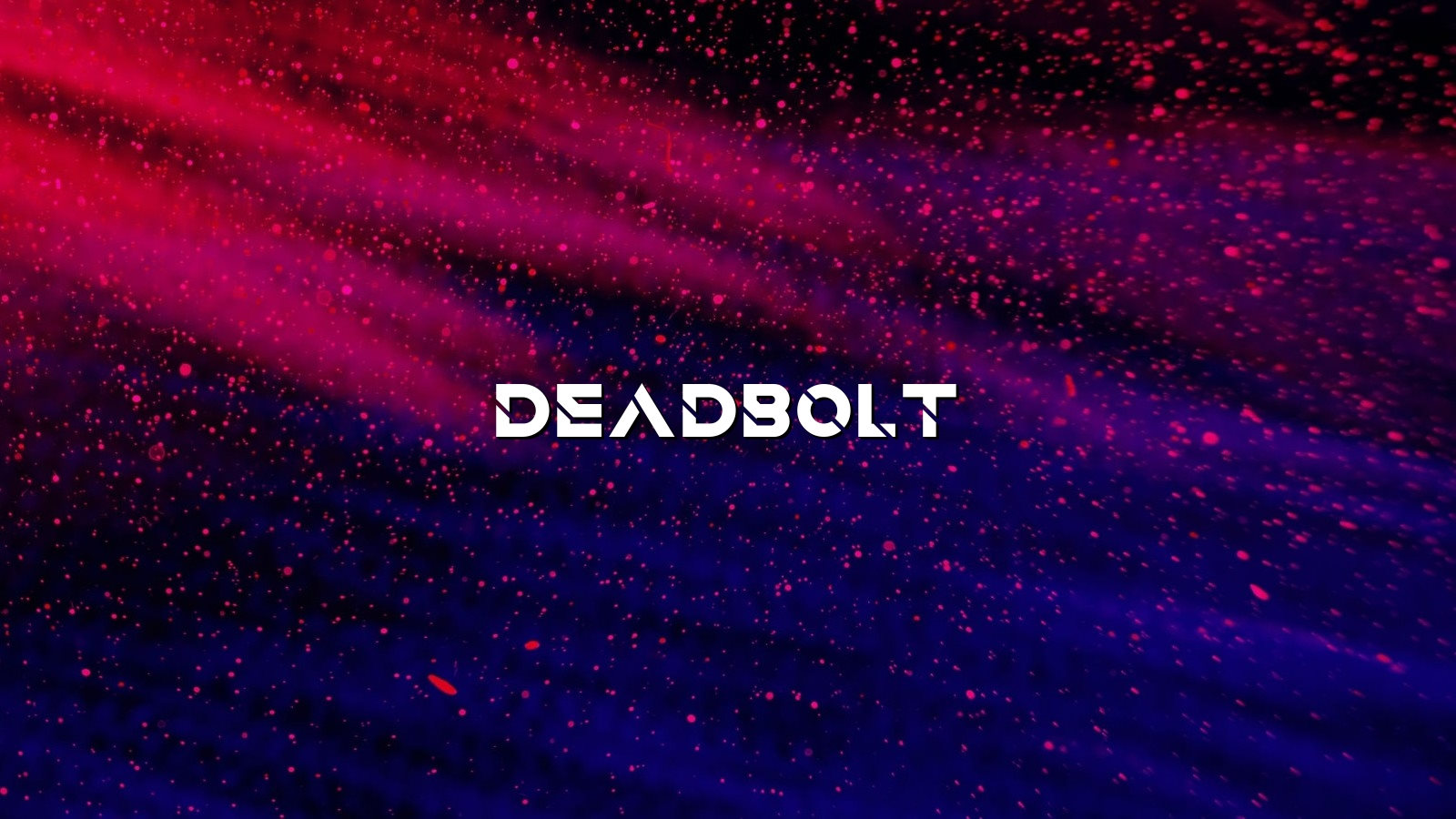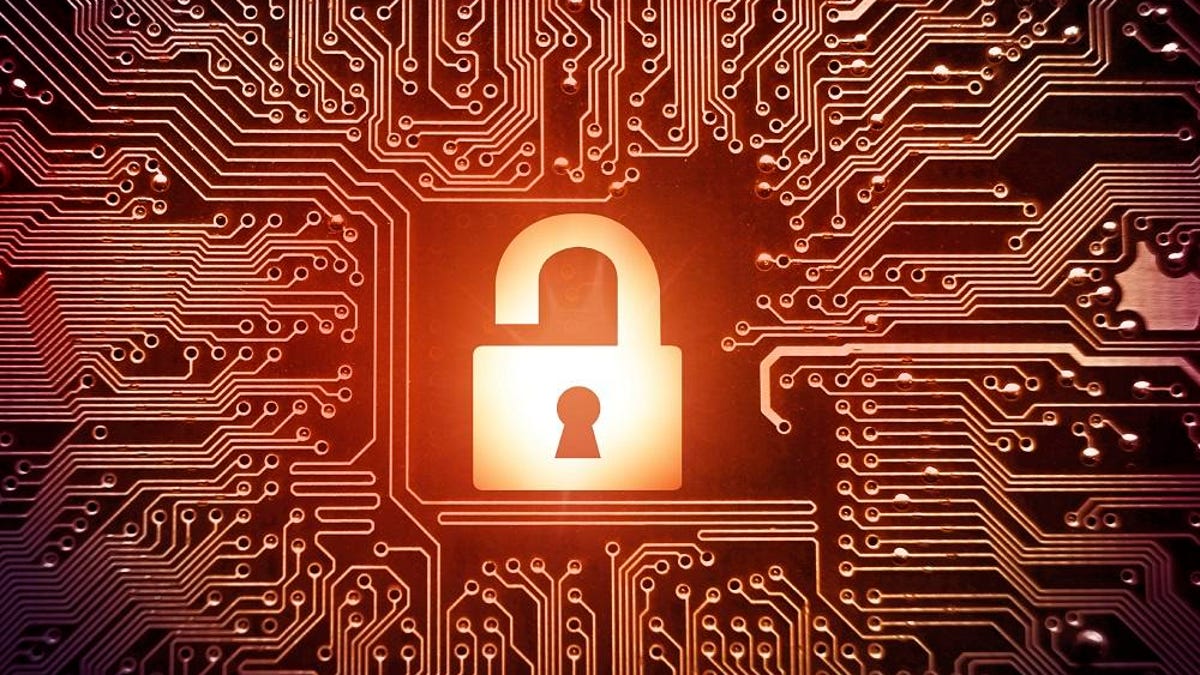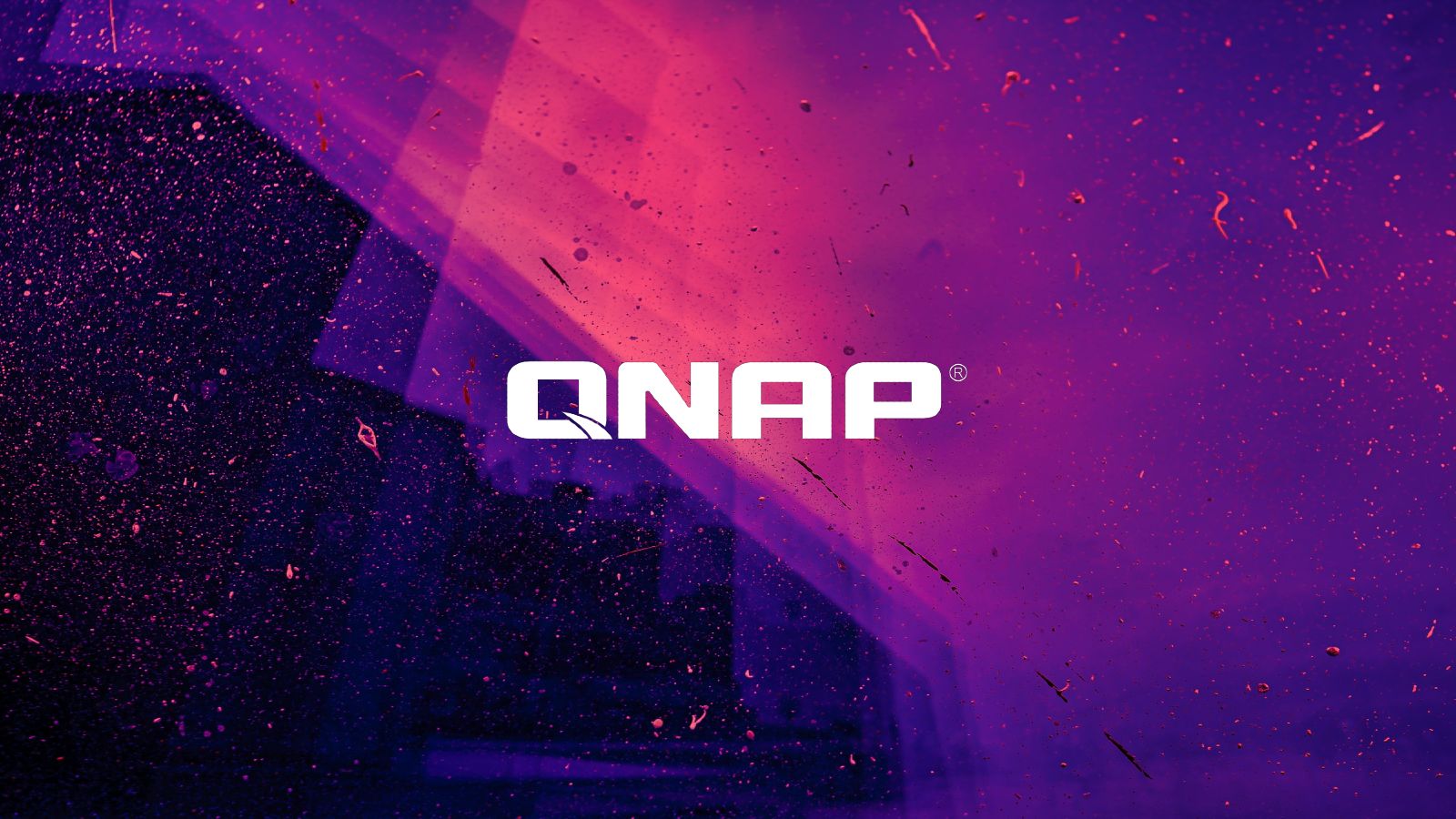BleepingComputer is aware of at least fifteen victims of the new DeadBolt ransomware attack, with no specific region being targeted.
As with all ransomware attacks against QNAP devices, the DeadBolt attacks only affect devices accessible to the Internet.
As the threat actors claim the attack is conducted through a zero-day vulnerability, it is strongly advised that all QNAP users disconnect their devices from the Internet and place them behind a firewall.
With QNAP owners being targeted by ongoing attacks from two other ransomware families known as
Qlocker and
eCh0raix, all owners should follow
these steps to prevent future attacks.
BleepingComputer has created a
DeadBolt ransomware support topic that can be used to discuss the attacks and potentially receive help from other QNAP owners.



